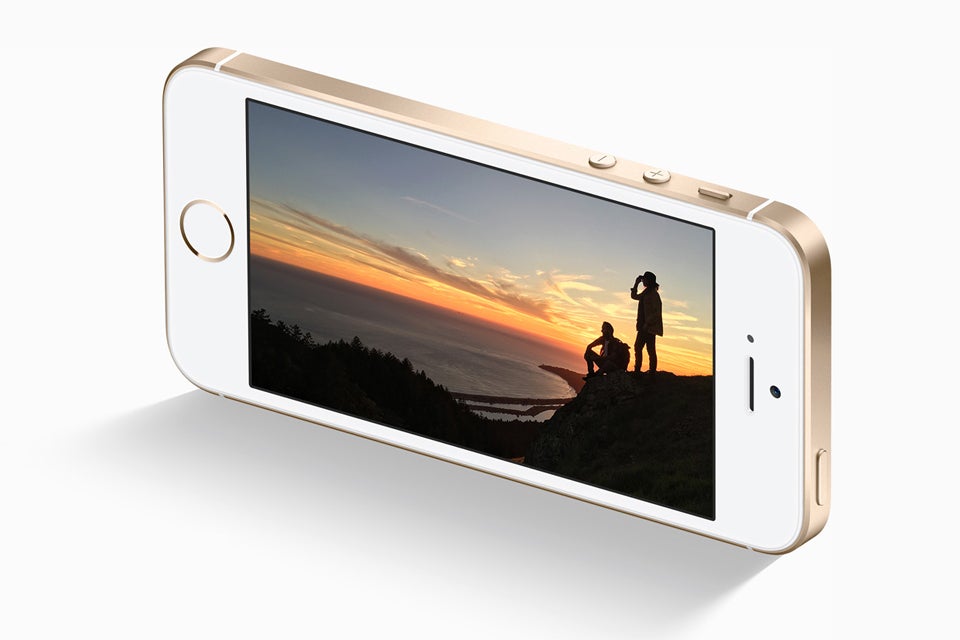Welcome to the calm before the storm. Apple is readying its announcements for its annual fall event next week and the rumors and whispers have started to coalesce around what we’ll likely see trotted out: new iPhones, including better camera features, new Apple Watch case materials, and a Tile competitor that will let you track your wallet, keys, and so on.
There are, of course, plenty of things that likely won’t get announced at this particular event, because they’re nowhere near shipping and Apple doesn’t usually talk about products when they aren’t ready to go. And yet, people will still take to the internet to register their disappointment and frustration that all their wishes and fondest desires weren’t met by what Apple did show.
With the hopes of forestalling some of that, here’s a look at three things that you really shouldn’t be expecting to see at next week’s event.
Nothing to SE here
If there’s one area that Apple has clearly decided not to spend its time and energy—at least at present—it’s in building a smaller phone. The late, lamented iPhone SE appears to have been the last of its kind for the moment.
 Apple
AppleDon’t count on an iPhone SE successor appearing next week.
What, then, of recent reports suggesting that Apple is preparing a successor to the SE? Well, don’t get your hopes up too far. For one thing, if that rumored model does come to pass, it likely won’t appear until spring of next year at the earliest. (Perhaps sometime in March, as the original SE did in 2016?)
For another, it probably won’t be the iPhone SE successor people are clamoring for. This phone will most likely be built on the iPhone 8 chassis, a form factor that Apple can now produce cheaply and in large volumes, thanks to the fact that it’s remained largely unchanged since the iPhone 6. That’s the same tack that the company took with the SE, which was itself based on the same case design as the iPhone 5 and 5s.
But perhaps continued demand will eventually prompt Apple to look into not just continuing to produce an older small phone, but investing energy into creating a new iPhone based on the X-series design but with a smaller footprint.
ARMed for battle
That Apple will eventually start putting its own processors in its Mac desktops and laptops still seems like a good bet, but even if that is on the company’s road map, we won’t be pulling off the exit ramp at the September event. Remember, this is when Apple likes to talk about primarily the iPhone (and, to a lesser extent, the iPad and Apple Watch, when that suits the company’s needs).
Could a new Mac appear next week? Sure. Rumors of a 16-inch MacBook have been gaining steam for a while now, and it seems probable that such a model is waiting in the wings. Whether or not it is on tap for this event is more of a crapshoot. But in any case, don’t expect any new model to be the first time Apple jumps into the ARM race: this simply isn’t the time, place, or audience for nitty-gritty details like processor transitions.
No, if Apple’s going to make a compelling case about the efficiency and benefits of transitioning its processor architecture, it’s going to do so in front of a crowd that cares: its annual Worldwide Developers Conference in June. That will give app makers plenty of time to make any needed adjustments to their software before computers with new processors hit the shelves.
The goggles do nothing!
Apple can’t stop talking about augmented reality, but the technology has yet to win over the general public. My long-running argument is that’s because we haven’t yet seen a compelling way for consumers to actually use augmented reality.
 Apple
AppleMInecraft demo at WWDC 2019.
Sure, we’ve all had developers prancing around the stage in demos of Minecraft or holding their iPads up to peer at a table full of virtual objects, and it’s all very impressive, technology-wise. But holding up your iPhone or iPad and keeping it pointed at something for any length of time is both tiresome and not very immersive. Fundamentally, a software technology this good deserves hardware designed explicitly for the purpose—that melding is, after all, Apple’s core strength.
There have, of late, been rumors that the augmented reality glasses Apple is reputedly working on may be ready sooner than expected, but I strongly suspect that even “sooner than expected” isn’t code for “this fall.”
That said, it’s not impossible. It would hardly be the first time that Apple showed off a significant new product before it was available, especially if it wants to build some buzz: think the original iPhone, for example, or, more recently, the Apple Watch. AR glasses fit the bill: something that not only demos well but also establishes a new category of device for which Apple needs to craft a story that customers can have time to absorb. All of which is to say that if I had to put my long-shot money on one surprise announcement next week, well, this would probably be it.